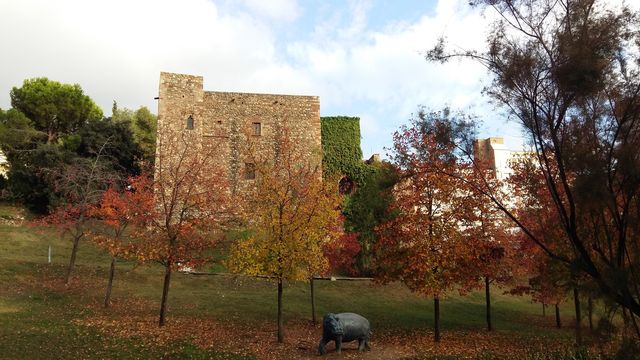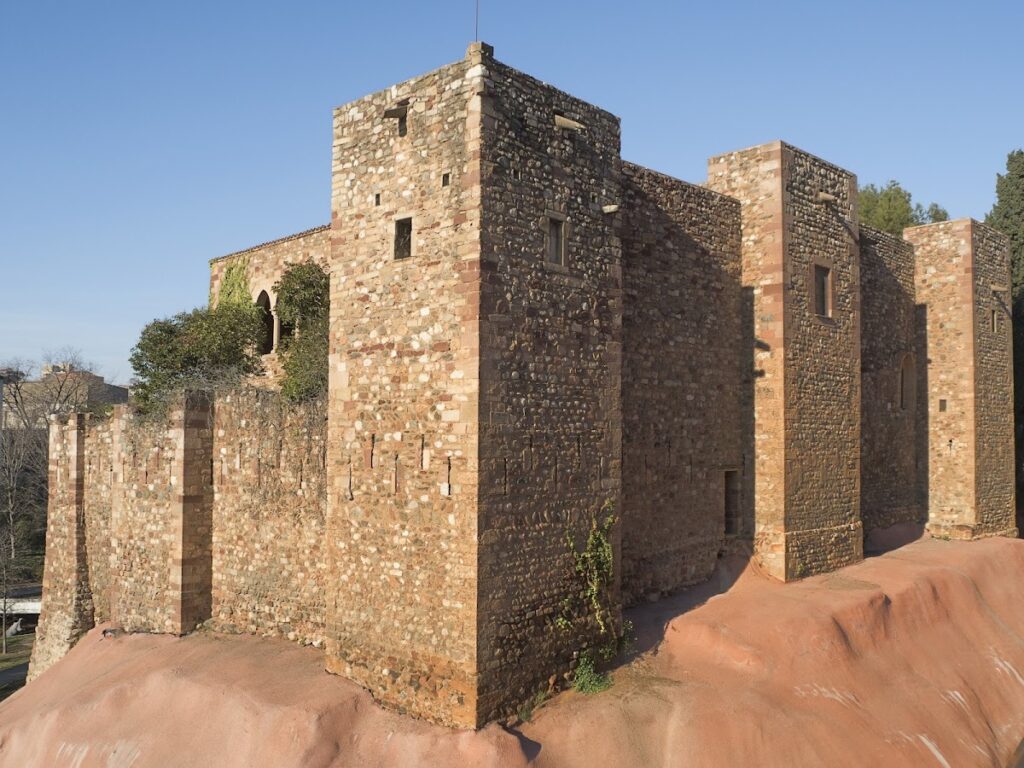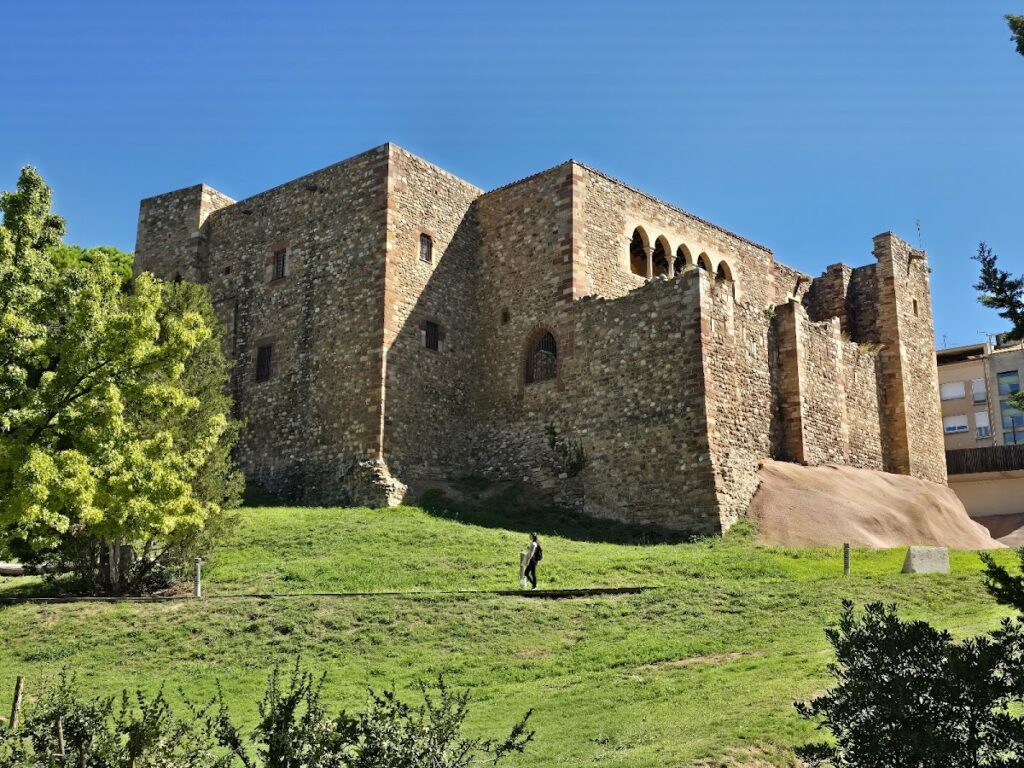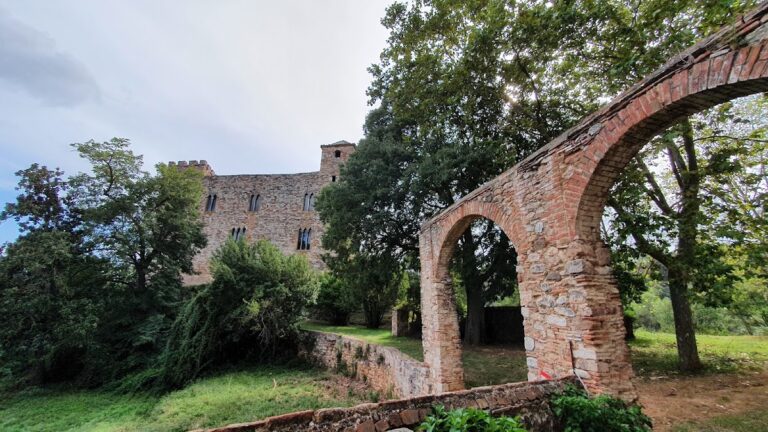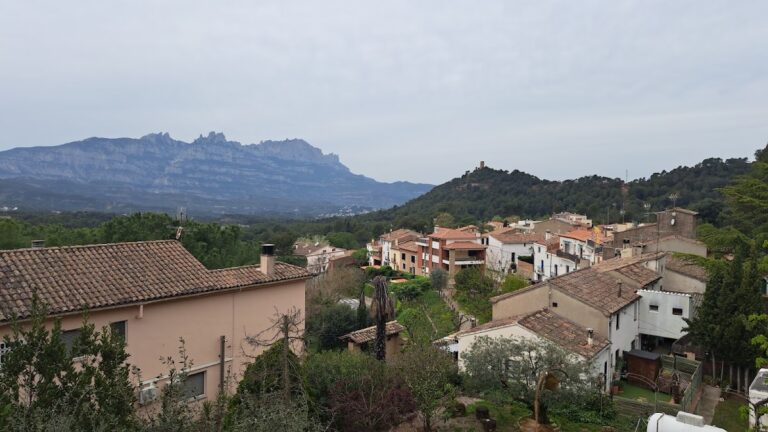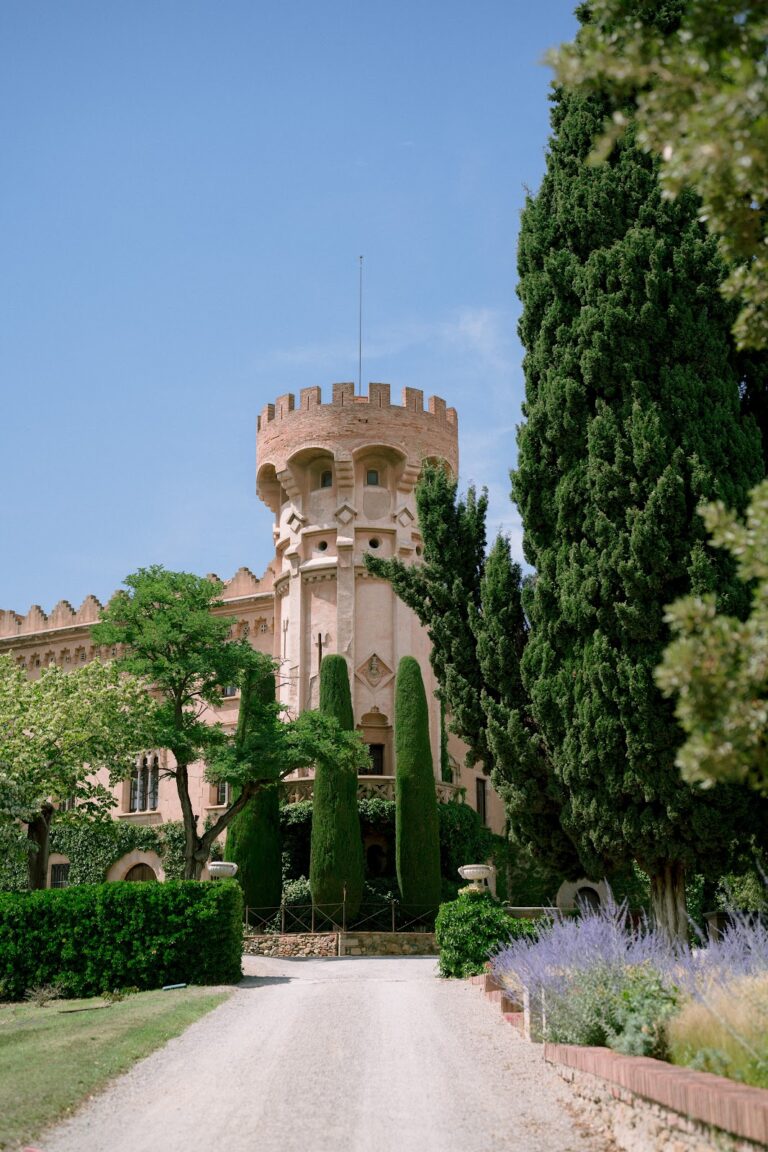Castell cartoixa de Vallparadís: A Historic Fortress and Monastery in Terrassa, Spain
Visitor Information
Google Rating: 4.5
Popularity: Low
Google Maps: View on Google Maps
Country: Spain
Civilization: Unclassified
Remains: Military
History
The Castell cartoixa de Vallparadís is located in the municipality of Terrassa, Spain. Its origins trace back to the early 12th century, when the first recorded mention of a fortress near the Vallparadís torrent appears. In 1110, Berenguer de Sanlà and his wife Ermessendis purchased land from Count Ramon Berenguer III of Barcelona with the intention of constructing a castellum, or fortress. This stronghold became the family residence of those who eventually adopted the surname Terrassa.
During the mid-14th century, the castle underwent a significant transformation. In 1344, Blanca de Centellas, the daughter of Bernat de Centellas and Saurina de Terrassa, gave the property to a community of Carthusian monks from Scala Dei and their monastery in Sant Pol de Mar. This donation was meant to establish a new monastic center known as Saint James of Valparadís. The Carthusian order maintained occupancy on the site until between 1413 and 1415, when Pope Benedict XIII approved their relocation to Montalegre near Tiana. The community’s final merger with the Carthusians of Saint Paul of the Sea happened in 1433.
After the Carthusian monks left, the castle briefly passed under the control of the Carmelites connected to the Hospital of the Holy Cross in Barcelona from 1413 to 1432. Subsequently, the castle was sold to Jofre de Sentmenat, and the Sentmenat family retained lordship over the Vallparadís lands until 1830. At that point, governance transferred to the municipality of Terrassa.
By the mid-19th century, the former castle had been repurposed into a large farmhouse known as a masia. In 1852, the Maurí family acquired the property and eventually handed it over to the Terrassa city council in 1947. Recognized as a cultural heritage monument of national importance in 1944, the site underwent comprehensive restoration under the direction of architect Alexandre Ferrant. This process culminated in 1959 with the founding of the main section of the Museum of Terrassa within the castle walls.
Remains
The current structure of Castell cartoixa de Vallparadís is rectangular in shape and surrounded by a defensive moat. Its walls feature crenellations, the notched battlements commonly found on medieval fortresses, designed for protection in combat. Within this enclosure stands a prominent central tower, accompanied by four square towers positioned at each corner of the castle’s perimeter. Additionally, three half-towers are placed at the midpoint of the north, south, and east sides, likely serving as lookout or defensive points.
Architectural evidence from the time the fortress served as a Carthusian monastery remains visible. A notable feature is the two-story cloister, with the lower level exhibiting irregularly shaped openings, while the upper floor contains pointed arches supported by simple, undecorated geometric capitals, highlighting the monastic style. This cloister structure reflects the efforts to adapt the military building for religious use.
The east side of the castle houses what was once the chapter house, a meeting room for monastic officials, identified by its distinctive ribbed vault ceiling, a technique involving intersecting arches that spread the weight of the roof. Nearby, the space originally serving as the monastery church corresponds to a current room called the Tinellet. This room is covered by a flat roof supported by four pointed diaphragm arches—arches that help divide the ceiling into segments for structural stability.
Though the castle’s construction materials and decorative details are not described in depth, the presence of simple geometric capitals without embellishment suggest a pared-down aesthetic suited to monastic life. Situated close to the Vallparadís torrent and park, the castle is accessed from both the park and Salmerón street. Since the mid-20th century, it has formed the core part of the Museum of Terrassa, following extensive restoration work that preserved its combined military and religious heritage.
